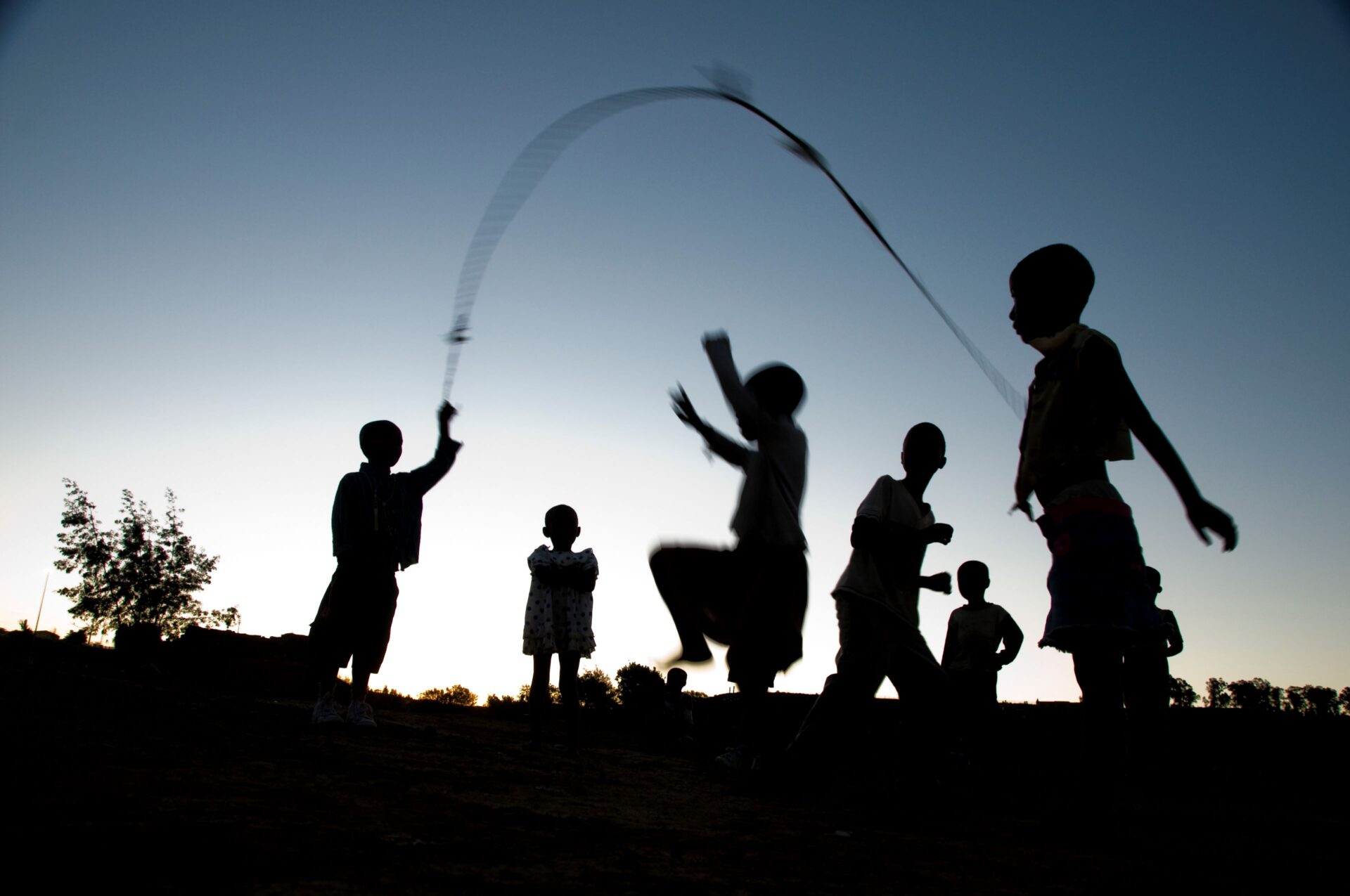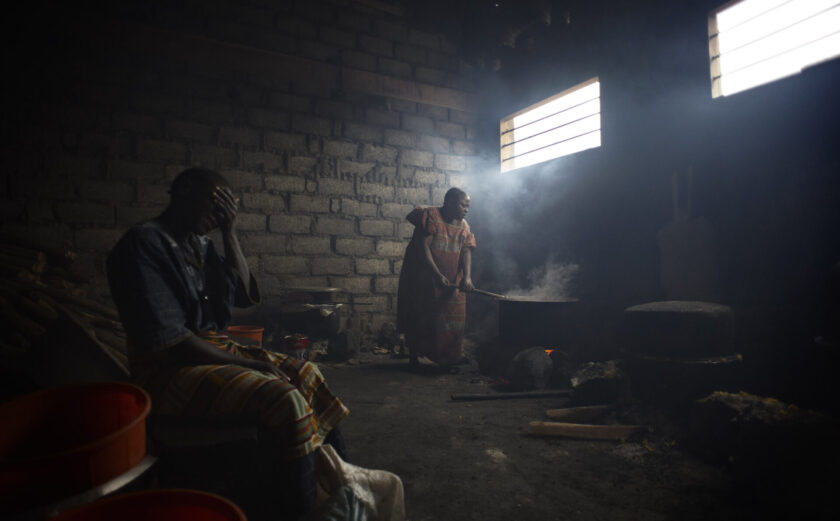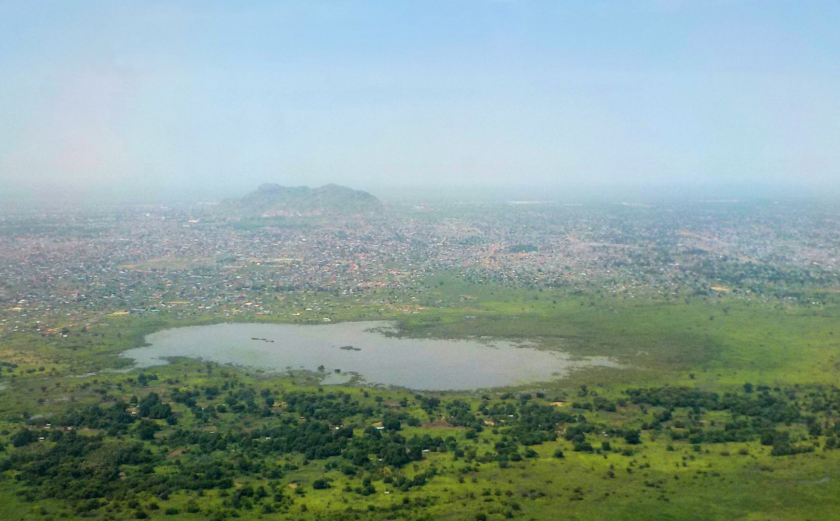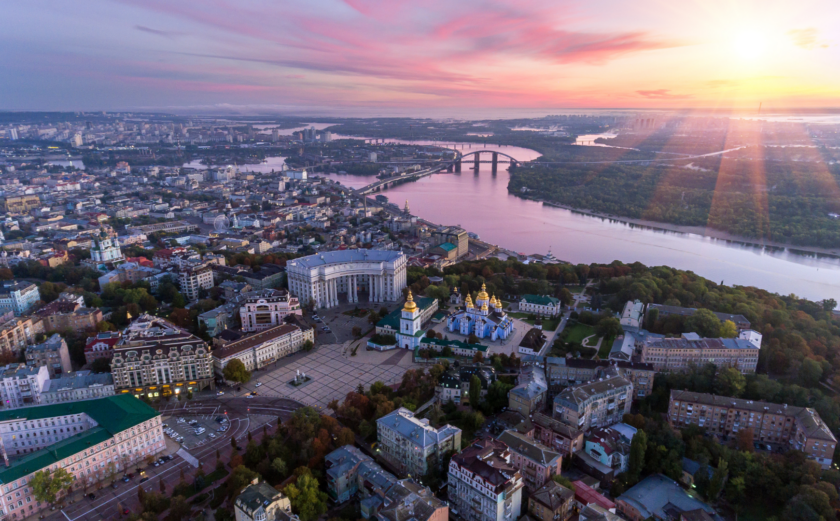
A Hidden Reality: Men, Boys & Conflict-Related Sexual Violence
Part I
“In 2021, continued recourse to military rather than diplomatic and political means led to displacement on a significant scale, exposing civilians to heightened levels of sexual violence. Rising inequality, increased militarization, reduced civic space and the illicit flow of small arms and light weapons also contributed, among other factors, to fueling widespread and systematic conflict-related sexual violence, even in the midst of a global pandemic.”
– 2022 Report of the U.N. Secretary General on Conflict-Related Sexual Violence
With conflict comes tragedy—casualties, forced displacement, infrastructure destruction, repression, and more—realities that serve as drivers of many other issues. An often underacknowledged byproduct of these destabilizing conditions, however, is sexual violence. The Special Representative of the Secretary General on Sexual Violence in Conflict has called it “war’s oldest, most silenced, and least-condemned crime,” despite it being a severe violation of human rights.
Frequently used as a tactic of war, conflict-related sexual violence (CRSV) has gained increased attention in recent years, leading to the establishment of the International Day for the Elimination of Sexual Violence in Conflict in July of 2015. As 2022 saw the number of forcibly displaced people top 100 million for the first time on record, the day—commemorated Monday, July 19—served as a stark reminder of how much work needs to be done.
The Scope of Conflict-Related Sexual Violence
Conflict-related sexual violence encompasses various forms of sexual violence perpetrated against individuals directly or indirectly linked to a conflict. According to the Secretary-General’s report, it “refers to rape, sexual slavery, forced prostitution, forced pregnancy, forced abortion, enforced sterilization, forced marriage, and any other form of sexual violence of comparable gravity perpetrated against women, men, girls or boys.”
Sexual violence is perpetrated for a variety of reasons, including:
- To demotivate populations from fighting back through terror.
- To indoctrinate or provide group bonding for combatants.
- To reward combatants who are not otherwise paid (“the spoils of war”).
- To transform the ethnic or social composition of a society (genocide).
All in all, sexual violence may be used strategically, to exert control over areas with economic or political importance, or randomly, due to the breakdown in law and order. Three new U.N. reports from Ethiopia, Haiti, and Ukraine detail current atrocities.
Despite increased attention to the issue, it is challenging to collect accurate data on rates, patterns, and trends of sexual violence. Underreporting due to fears of retaliation and pervasive stigma from negative social norms inhibit data from reflecting the true scope of the issue. It is especially difficult in conflict when rule of law is weak and environments of impunity proliferate.
Nevertheless, we know the general outline: women and girls are targeted at much higher rates. Estimates show that for every woman who comes forward to report sexual violence in conflict, about 10 to 20 cases go undocumented. A 2021 U.N. report covering some 18 country situations documented 3,293 verified cases of CRSV, 97% of which targeted women and girls. Additionally, 83 cases concerned men and boys, while 12 cases involved LGBTQ+ persons.
Men and Boys: Little Research and Policy Attention
Fifteen years ago, U.N. Security Council Resolution (UNSCR) 1820 recognized sexual violence as a tactic of war, noting that “rape and other forms of sexual violence can constitute war crimes, crimes against humanity or a constitutive act with respect to genocide.” Years of advocacy from those looking to bring attention to gender-based violence and the plight of women and children in conflict finally bore fruit. However, it was not until 2013 when UNSCR 2106 first recognized men and boys as survivors of sexual violence in conflict.
Despite sexual violence against men and boys being identified as “regular and unexceptional, pervasive, and widespread, although certainly not at the rate of sexual violence committed against women,” little research and policy attention has been undertaken in recent years.
In Part II of “A Hidden Reality,” we will examine the prevalence of CRSV of men and boys; barriers to reporting and muddied data for men, boys, and the LGBTQ+ community; and how we can start looking forward.









